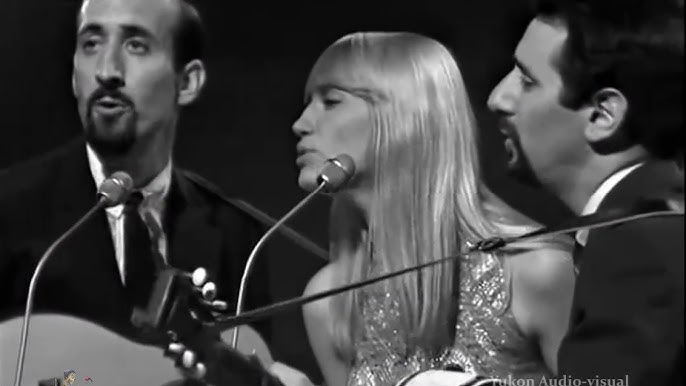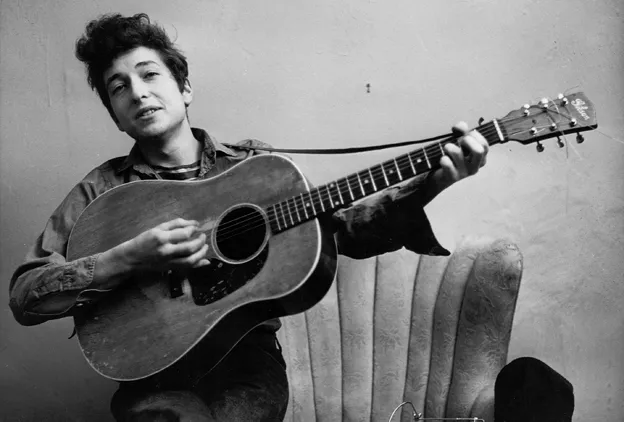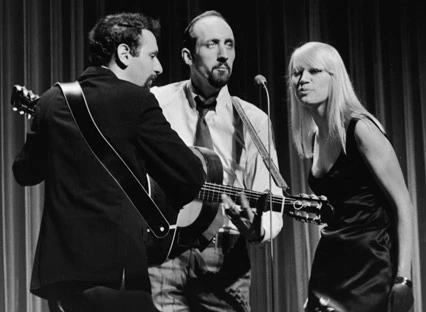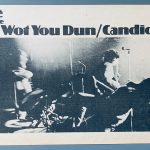“Blowin’ in the Wind”: The Enduring Echoes of Humanity’s Unanswered Questions

“Blowin’ in the Wind,” a profound folk song that has transcended generations, continues to resonate with fundamental questions about humanity’s struggles, injustices, and the elusive nature of peace and freedom. While it is now inextricably linked with its brilliant composer, Bob Dylan, it was the iconic folk trio Peter, Paul & Mary who first brought this powerful anthem to mainstream prominence in 1962, etching it into the collective consciousness of a turbulent era.
A Song Born from the Zeitgeist of the 1960s

The early 1960s was a crucible of social and political change. The Civil Rights Movement was gaining unstoppable momentum, challenging centuries of racial injustice. The looming shadow of the Cold War and the threat of nuclear annihilation cast a pall over the globe. A growing sense of disillusionment with established authority, protracted wars, and pervasive societal inequalities was brewing, particularly among the youth. It was into this fertile ground of activism and introspection that a young and then relatively unknown Bob Dylan, with his raw talent and poetic insight, penned “Blowin’ in the Wind.” His simple yet profound lyrical style perfectly captured the complex emotions and urgent questions of the time, becoming an inadvertent voice for a burgeoning movement.
Peter, Paul & Mary: The Perfect Messengers

While Dylan’s original recording was powerful in its own right, it was Peter, Paul & Mary’s harmonious and accessible rendition that launched “Blowin’ in the Wind” into the popular lexicon. This folk trio, renowned for their beautiful, soaring harmonies and unwavering commitment to socially conscious lyrics, found the perfect vehicle in Dylan’s composition. Their cleaner, more polished arrangement, coupled with their widespread appeal, allowed the song’s critical message to reach a much broader audience, including those not yet immersed in the burgeoning folk revival or protest movement. Their rendition became a defining hit of the era, showcasing their unique ability to infuse deeply meaningful songs with a sense of both urgency and melodic beauty.
Timeless Questions, Enduring Resonance

The true genius of “Blowin’ in the Wind” lies in its masterful use of rhetorical questions. The song doesn’t offer answers; instead, it poses a series of timeless philosophical inquiries about humanity’s capacity for peace, the true cost of freedom, and the catalyst for fundamental change. “How many roads must a man walk down / Before you call him a man?” “How many seas must a white dove sail / Before she sleeps in the sand?” “How many times must the cannon balls fly / Before they’re forever banned?” These questions, delivered with a deceptively simple melody, compel listeners to confront uncomfortable truths and reflect on the persistent struggles of the human condition.
By leaving the answers “blowin’ in the wind,” Dylan created a song that remains perpetually relevant. It invites each generation to interpret and apply its questions to their own struggles for justice, equality, and peace. Its profound impact extended far beyond the music charts, leaving an indelible mark on both music and social history, solidifying its status not just as a folk classic, but as a universal anthem for critical thought and compassionate action. “Blowin’ in the Wind” continues to echo through time, a gentle yet insistent call for reflection and change.











